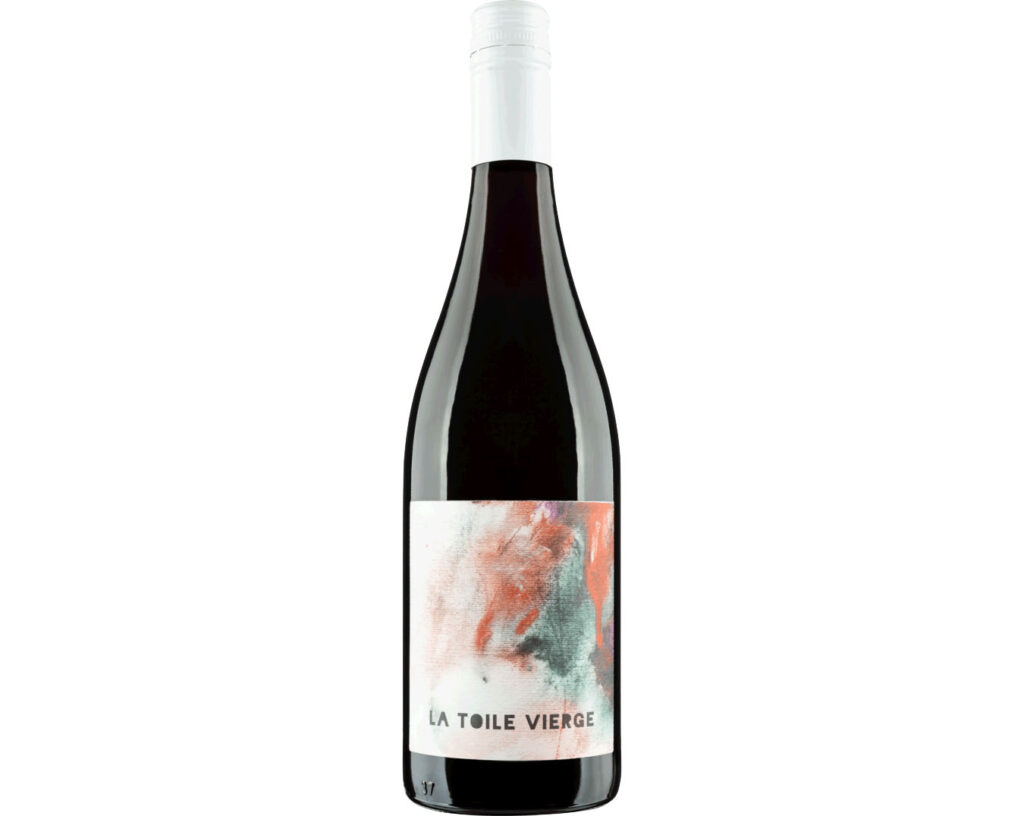
La Toile Vierge, a French wine, comes in both red and white varieties. Despite being classified under the seemingly modest Vin de France appellation, these wines transcend their classification, proving that sometimes, greater freedom for the winemaker can yield better results.
The red variant is based on Grenache and is medium bodied. It is highly aromatic, with a red berry fragrance being particularly notable. The person behind this wine is Iain Munson MW, an accomplished winemaker with a wealth of experience. His journey began with studies in Oenology at Montpellier in 1993, but it wasn’t until 2000 that he ventured into winemaking. His expertise was honed in Minervois and Corbières before joining Vignobles Jeanjean in 2006.
The white variant, made from Vermentino (also called Rolle), stands out with its dry and crisp nature. It shares a strong aromatic profile to the red, with white grapefruit and floral notes. The grapes are harvested at the optimum time to balance fruit character with natural freshness. Florian Masson, the winemaker, played a crucial role in this wine’s creation.
Both the red and white are priced at £10.99 at Virgin Wines. Both varieties are vegan.













